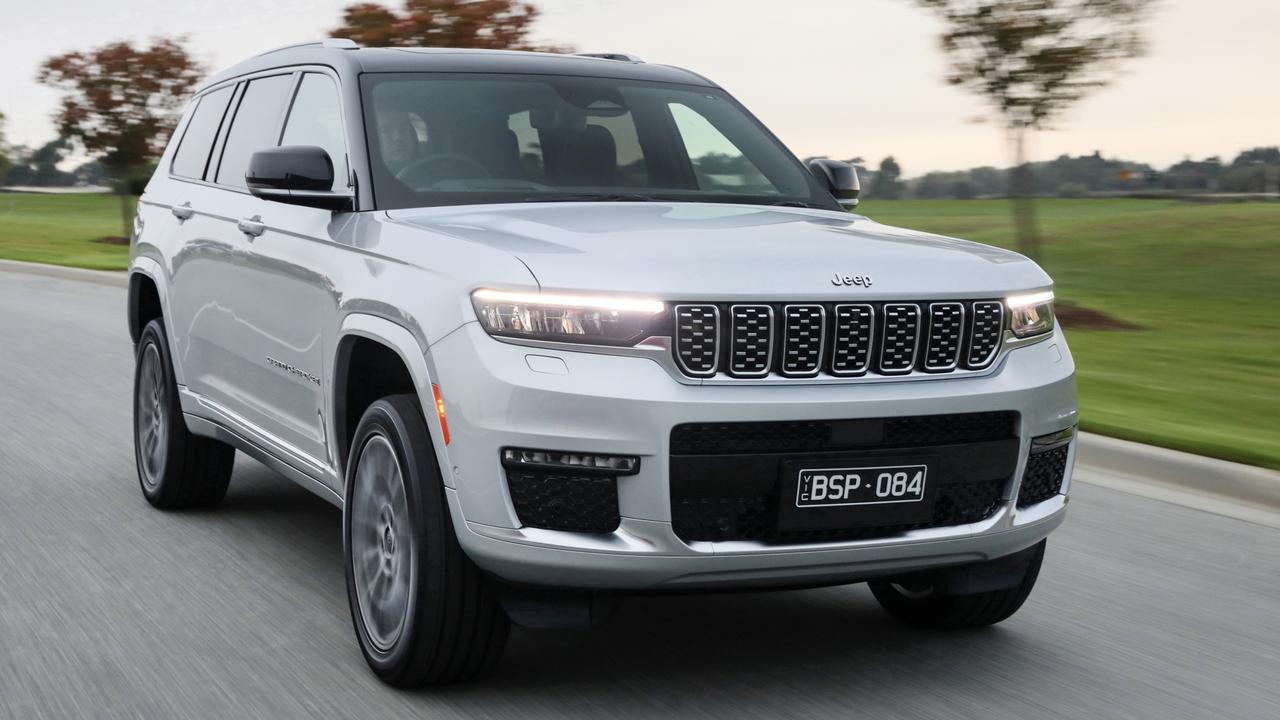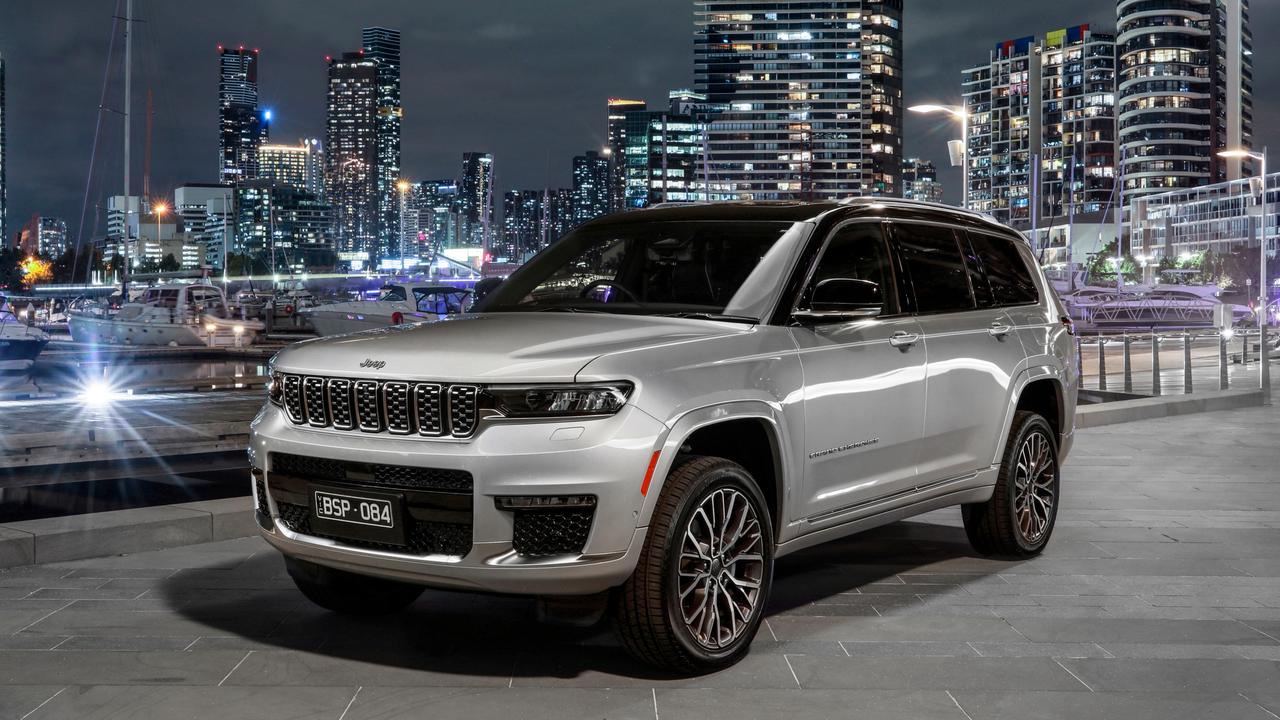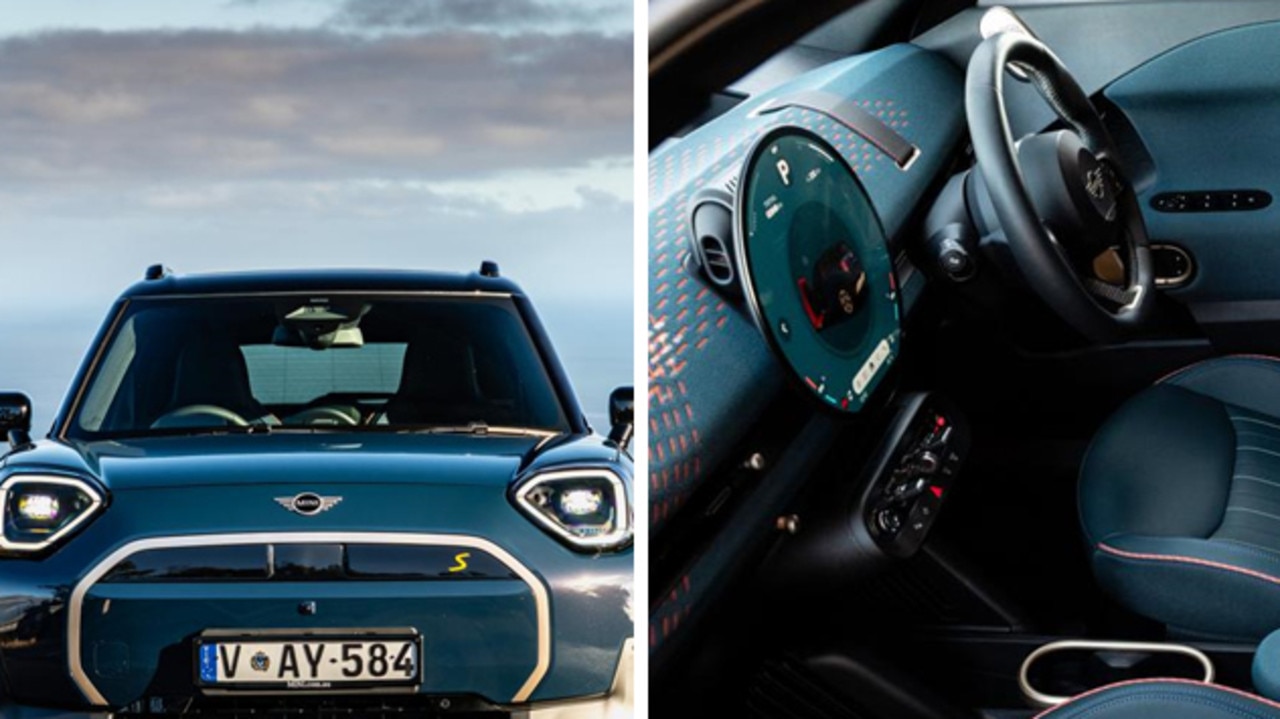Jeep Grand Cherokee L Summit Reserve review: price, specs, driving impressions
This seven-seater SUV has been long revered for its toughness and off-road ability, but the latest model has been designed to appeal to a different crowd.

Jeep’s first seven-seat Grand Cherokee hopes to challenge prestige Euro large SUVs. Here are five things you need to know about the tree-topping L Summit Reserve.
You’ll do a double take at the price
Jeeps asks a chunky $125,000 to drive away this flagship. That’s BMW X5, Mercedes-Benz GLE, Audi Q7, Range Rover Velar or Land Rover Defender/Discovery money – established prestige names. Grand Cherokee Ls start at about $90,000 on the road, but this range-topper isn’t called Summit Reserve for nothing. It’s a luxury leather-lined Jeep-of-all-trades. Seating for seven, serious off-roading ability and this 5.2-metre brute has some presence both outside and in.

There’s oligarch yacht levels of luxe and space
The aggressive-looking exterior gives way to a cabin of palatial opulence. There’s a big leap in class over previous Grand Cherokees, helping soften that price hit. Ventilated, power and massaging quilted leather seats are lovely for long trips – I heartily recommend the “rock climb” massage. Elsewhere, there’s open-pore walnut wood trim, knurled metal rotary dials, a crisp digital driver display and banging 19-speaker McIntosh audio. After a week’s family test we named it the American Range Rover. The kids loved the electrically folding second- and third-row seats but didn’t appreciate internal cameras monitoring their behaviour. At this price, Jeep asking more for a head-up display and wireless phone charging is cheeky.

There are changes for better and worse
Grand Cherokees are popular tow vehicles, but this new version courts the urban rather than touring classes. The old 184kW/570Nm diesel with 7.5L/100km economy’s been dropped, leaving only a thirstier (10.6L/100km) 210kW/344Nm petrol V6. A frugal plug-in hybrid’s due this year but only in the five-seat version. As for towing, the former 3500kg rating’s gone. There’s now a 2813kg maximum for Night Eagle and Limited grades, and a paltry 2268kg for this Summit Reserve. If you need to haul your three-tonne yacht, look elsewhere. Positively, Jeep’s upped the safety game with a comprehensive array of driver aids including rear cross-traffic alert, advanced auto emergency braking and a 360-degree camera. That’s hugely important for family buyers, as is spacious seating for seven (adults fit the back row), smart storage and a generous 487-litre boot with seven seats up. Limiting the five-year warranty to 100,000km is stingy.

This one has all the off-road kit, but would you use it?
The Summit Reserve’s the only grade to score Jeep’s full off-road package, but how many buyers will care? A two-speed transfer case sees it slip into low range with barely a peep, while air suspension offers huge 276mm ground clearance and 610mm wading. Other grades have only full-time 4WD, 215mm and 530mm respectively. My off-road test showed it has great climbing ability but its long wheelbase meant regular underbody bumps. The 21-inch polished alloy wheels and road tyres also don’t look right in the bush. This Summit Reserve looks more at home on a wine trail rather than a muddy one.

There’s good and bad news on the driving fronts
While its cornering skills can’t challenge a BMW X5 or Porsche Cayenne, the 2270kg Jeep feels safe, steers accurately and keeps body roll well in check. It cruises serenely and the eight-speed auto’s buttery smooth, but boy do you miss the torque of a big diesel engine. The V6 petrol sounds muscular and is fine for town, but it lacks punch and drank 12L/100km on our test. The paddle shifters are the smallest I’ve yet encountered, the brakes felt spongy and Jeep’s ‘Active Lane Management’ incessantly beeped at every opportunity – even when driving between the white lines. Mercifully, this behemoth has a self-parking system to protect its pretty panels.



